Physical Address
304 North Cardinal St.
Dorchester Center, MA 02124
Accounting for 16.4% of all injury deaths in the United States, 39,733 people died from firearm injuries in 2017. Of these firearm deaths, 60% were suicides and 36.6% were homicides. Wounds caused by firearms will be encountered not only in urban areas but also rural areas, where hunting occurs. Wounds encountered in a military environment have unique characteristics that are clinically important and distinct from those seen in the civilian sector. Operation Iraqi Freedom (OIF) and Operation Enduring Freedom (OEF) have provided important observations in the treatment of military projectile injuries. The study of wound ballistics is an essential part of the general and trauma surgeons’ training.
Although there are many variables, the muzzle velocity (speed of the bullet as it leaves the barrel) and the bullet characteristics such as mass and deformability are the most important determinants of the wound that a particular weapon will produce ( Table 1 ). The muzzle velocity is determined by the caliber (diameter) of the bullet, the capacity of the casing (amount of powder), and weapon’s barrel length. The bullet’s velocity rapidly increases as it travels down the barrel, but gradually slows upon meeting air resistance once it has exited. Handguns generally accept smaller bullets with less powder and have shorter barrels than rifles, and therefore produce projectiles of considerably less velocity ( Table 2 ).
| Bullet design |
| Caliber (diameter) |
| Mass |
| Shape (profile) |
| Jacket |
| Pellets |
| Powder (amount and type) |
| Weapon design |
| Barrel length |
| Rifling |
| Single shot |
| Automatic |
| Semiautomatic |
| Portability (weight and size) |
| Victim |
| Position |
| Distance from weapon |
| Location of wound |
| Tissue characteristics (bone, muscle, vessel, organ) |
| Bullet Caliber | Average Muzzle Velocity (Feet per Second) |
|---|---|
| Handgun | |
| .22 LR | 1800 |
| 9 mm | 1150 |
| .357 Magnum | 1500 |
| .38 Special | 1090 |
| .45 ACP | 890 |
| Rifle | |
| .223 | 2775 |
| 5.56 × 45 mm | 3130 |
| .300 AAC | 1925 |
| 7.62 × 39 mm | 2360 |
| .308 WIN | 3350 |
After a projectile strikes its target, two distinct interactions occur between the bullet and the tissue. First, the rapidly traveling bullet creates a path of direct tissue destruction. This destructive interaction is commonly termed the permanent cavity. Along the tract of the bullet, a temporary cavity is also formed. This temporary cavity is formed by the lateral displacement of adjacent tissues as the bullet is forced through the body. These forces can affect an area many times greater than the bullet diameter itself. Depending on the site and elasticity of the tissue, the temporary cavity can have varying clinical importance. For example, rapid displacement of tissue in the chest can result in significant pulmonary contusion.
Because of its heavier mass, and therefore its increased energy per given velocity, lead is the principal element of most bullets. Lead, however, is a relatively soft metal that deforms readily during high-velocity flight. Jacketed bullets have a lead body covered with metal alloys that prevent deformation during flight and therefore help the bullet retain speed and accuracy over a long distance. Conventionally jacketed bullets will deform when they strike dense tissue, but bullets with thicker jackets are intended to retain their shape and therefore penetrate deeply into tissue and may pass entirely through the target. Bullets that deform upon striking the body will cause considerably more collateral tissue damage by direct contact, cavitation, and shock waves than nondeformable bullets and may not completely penetrate through the target, potentially preventing collateral damage. Fragmentation of bullets will also occur when the bullet strikes bone and will add to the damage by shredding surrounding tissue. Animal models have demonstrated clearly more tissue destruction and larger areas of injury with jacketed hollow point (JHP) bullets ( Fig. 1 ). Full metal jacket (FMJ) bullets, however, are more likely to exit the target, thereby not transferring all of the kinetic injury to the body, and carry the risk of collateral damage ( Fig. 2 ).
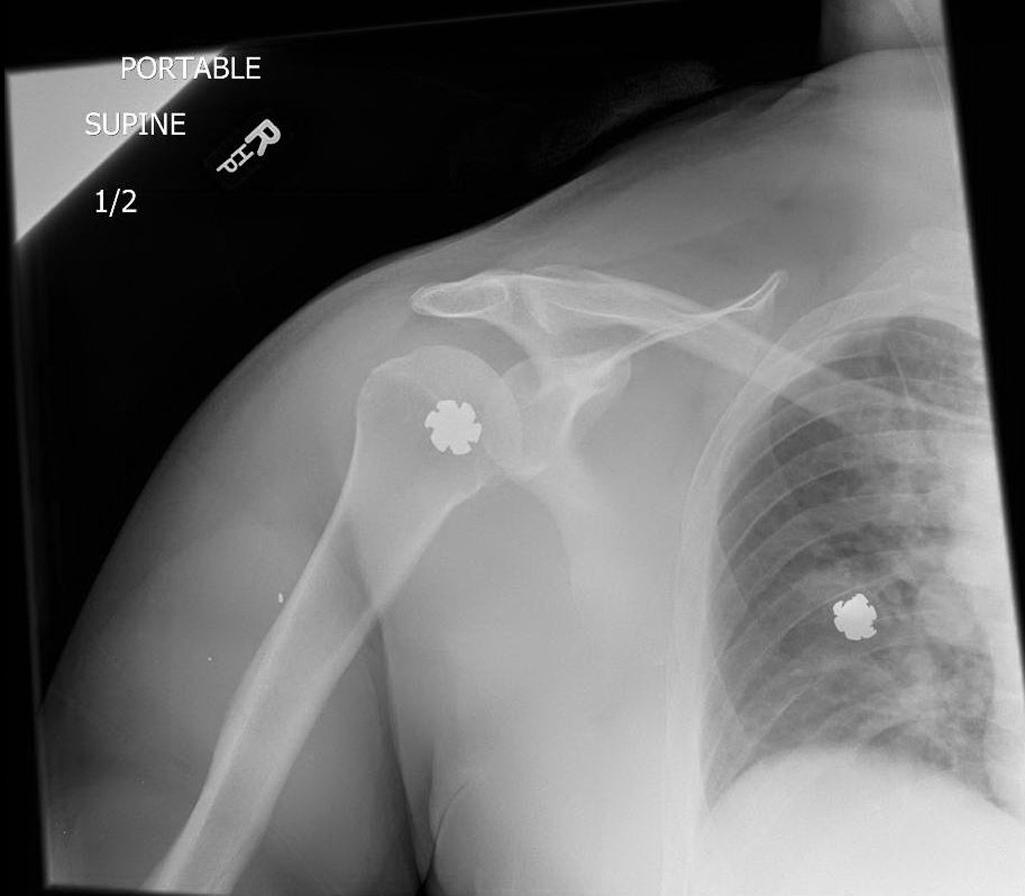
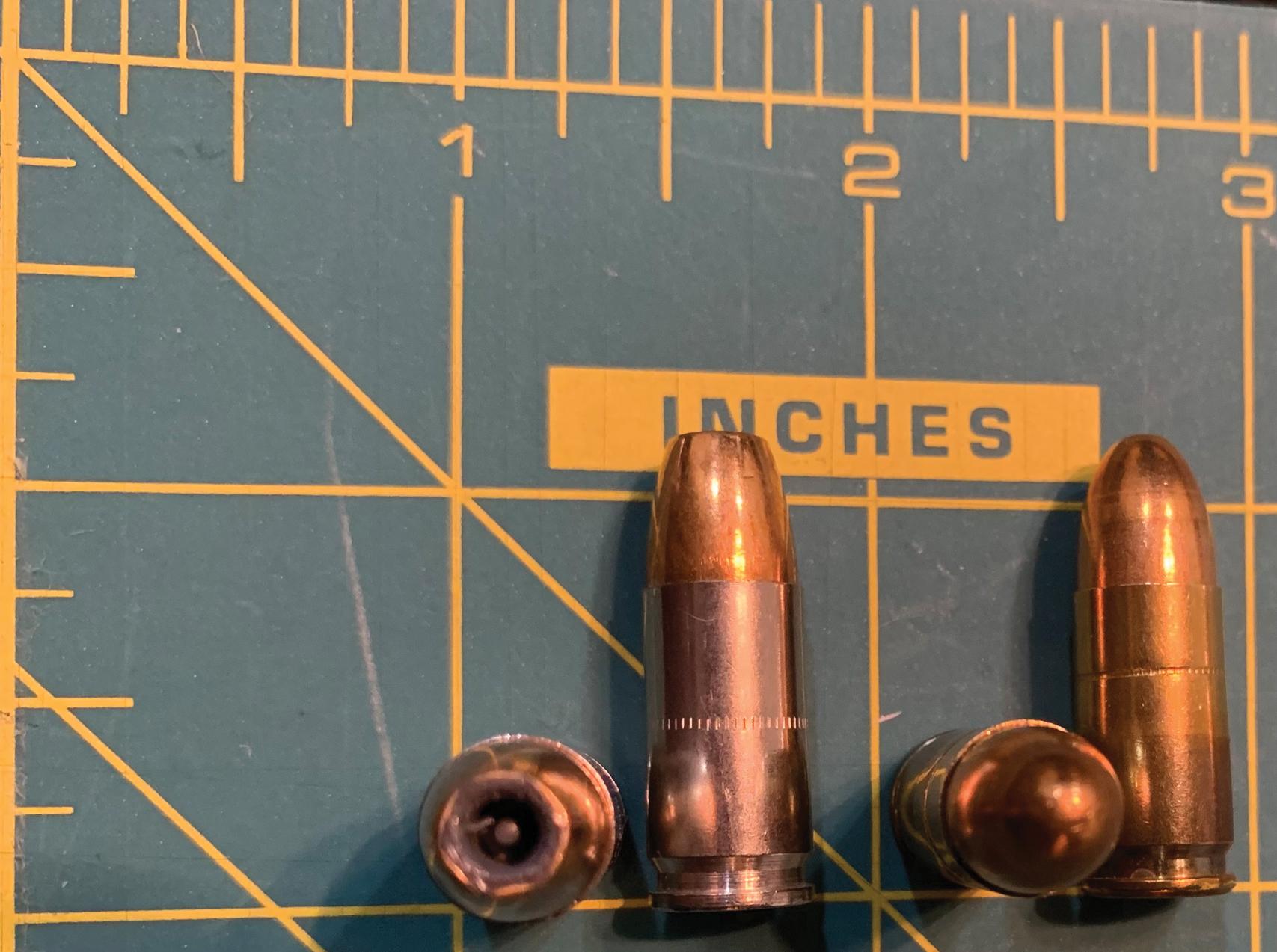
According to The Hague Declarations of 1899, military rifle bullets “which expand or flatten easily in the human body, such as bullets with a hard envelope which does not entirely cover the core” are banned. This prohibition was designed to reduce the severity of wounds, and therefore the suffering of soldiers on the battlefield, but does not apply to combatants of noncontracting organizations and does not apply to bullets commonly used for hunting. In fact, FMJ bullets are prohibited for game hunting in many jurisdictions. For this reason, hunting rifle wounds may be more severe than those resulting from an equivalent military rifle ( Fig. 3 ). The exception to this principle is the modern sporting rifle, which, although its bullet is jacketed, can cause severe wounds from the bullet’s tendency to tumble in tissue.
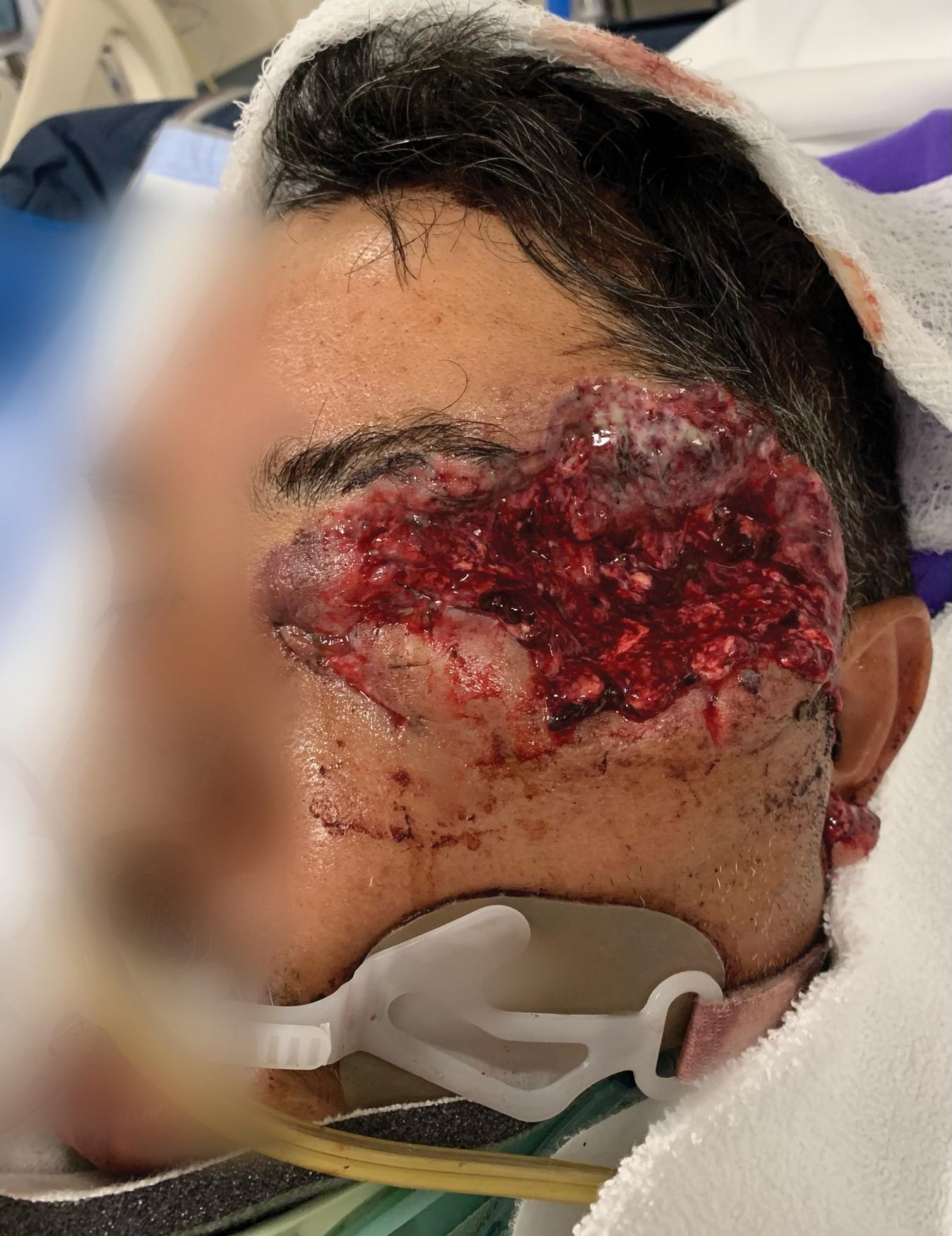
Handguns are commonly used in urban areas because they are lightweight and can be more easily carried and concealed. However, handguns cannot produce as highly accelerated and accurate a projectile as rifles. The amount of gunpowder packed into a handgun bullet casing must be limited to avoid barrel damage and permit the shooter to fire the weapon supported only by the arms and hands. Accuracy is dramatically decreased with distance. The majority of handgun wounds, therefore, are generated from 10 yards or less.
The immediate danger of a handgun wound stems from direct injury to vital organs such as are found in the head, neck, or chest. The probability of proximity injury to vasculature is less with handgun wounds than it is with rifle injuries but should still be considered. Because the velocity of a handgun bullet is less as the bullet strikes the tissue, the bullet is less likely to deform or fragment and tissue cavitation may be slight. FMJ handgun bullets in some cases may penetrate the tissue and subsequently exit the body with much of their destructive potential intact.
Nonetheless, several measures designed to increase the wounding potential of handguns are available and will be encountered ( Fig. 4 ). These include JHP bullets designed to expand and bullets designed to disintegrate into tiny pellets after impact (see Fig. 2 ). These bullets are favored by law enforcement and security personnel for immobilizing a human target without concern of overpenetration through the intended target into bystanders. Magnum handguns have extra powder and longer barrels that will produce a devastating wound at close range.
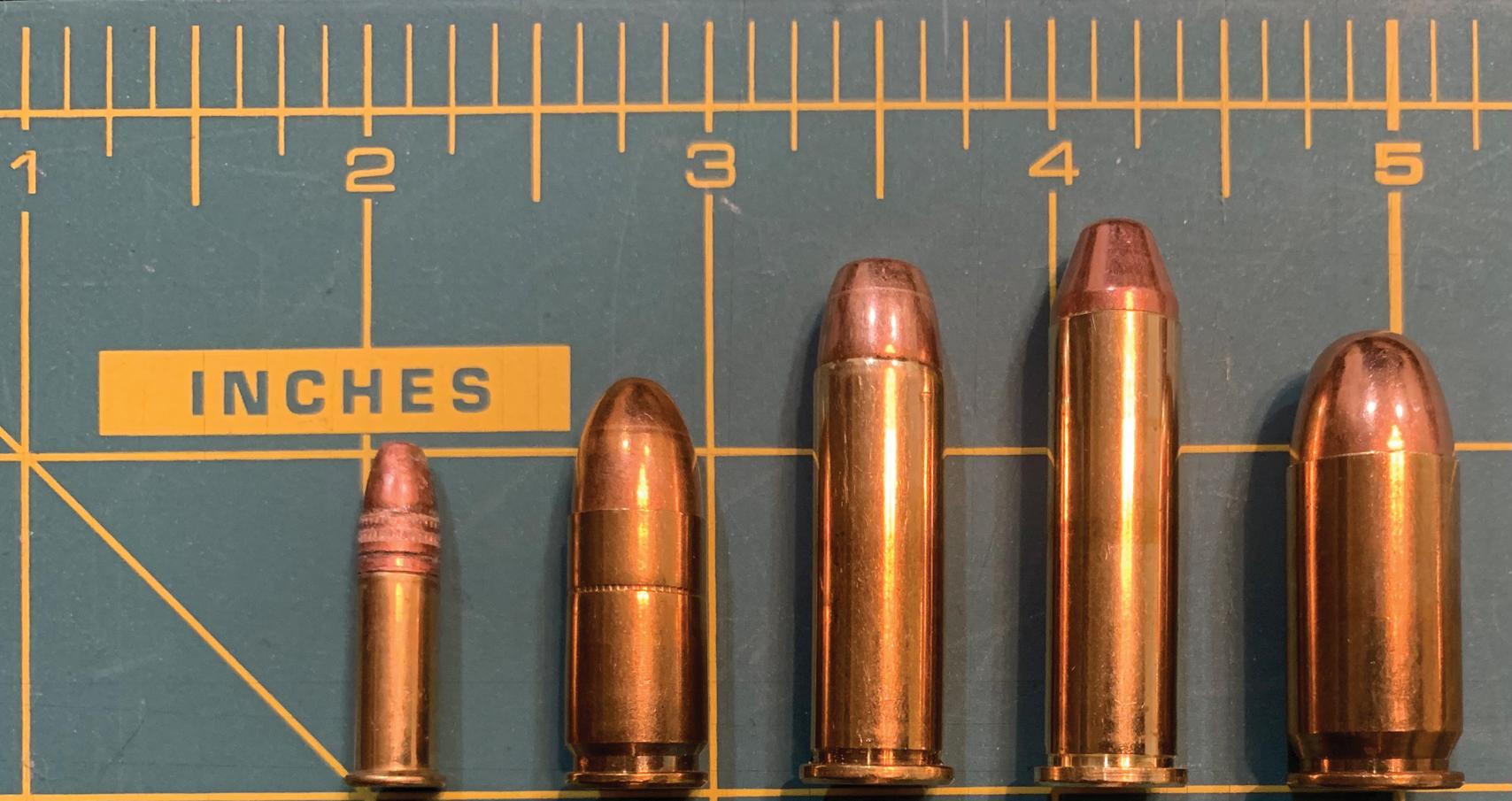
Indications for operation of handgun wounds of the neck, chest, and abdomen would include exploration for zone II neck injuries, selective exploration of the chest based on hemorrhage, and exploration of abdominal penetrations except tangential injuries that do not penetrate the fascia and selective liver injuries. Patients with penetrating sites below the nipple on the chest require abdominal exploration if the abdomen is tender or the diaphragm is not well visualized on imaging. Stable patients with right upper quadrant wounds may be selectively evaluated by computed tomography scan and managed nonoperatively if the bullet clearly injures only the liver. Laparoscopy may be used to evaluate the diaphragm in stable, nontender patients with chest wounds or as an adjunct to nonoperative management of liver penetrations that result in bile leaks.
Civilian rifle wounds, such as those resulting from hunting accidents, are among the most destructive injuries seen by surgeons. The increased amount of gunpowder contained in the bullet case and the enhanced length of the barrel that exposes the bullet to the force of the powder blast for a longer distance lead to dramatically more projectile acceleration than is possible with a handgun ( Fig. 5 ). Rifling, the barrel’s internal spiraling grooves, causes the bullet to spin and consequently improves distance and accuracy. The average muzzle velocity of a 30-06 hunting rifle is 2800 feet per second and may maintain up to 90% of its kinetic energy at 100 m. A rifle wound to an extremity, whether close range or distant, will destroy soft tissue, bone, and vessels and cause dramatic hemorrhage that may need to be controlled with direct pressure or a tourniquet at the scene.
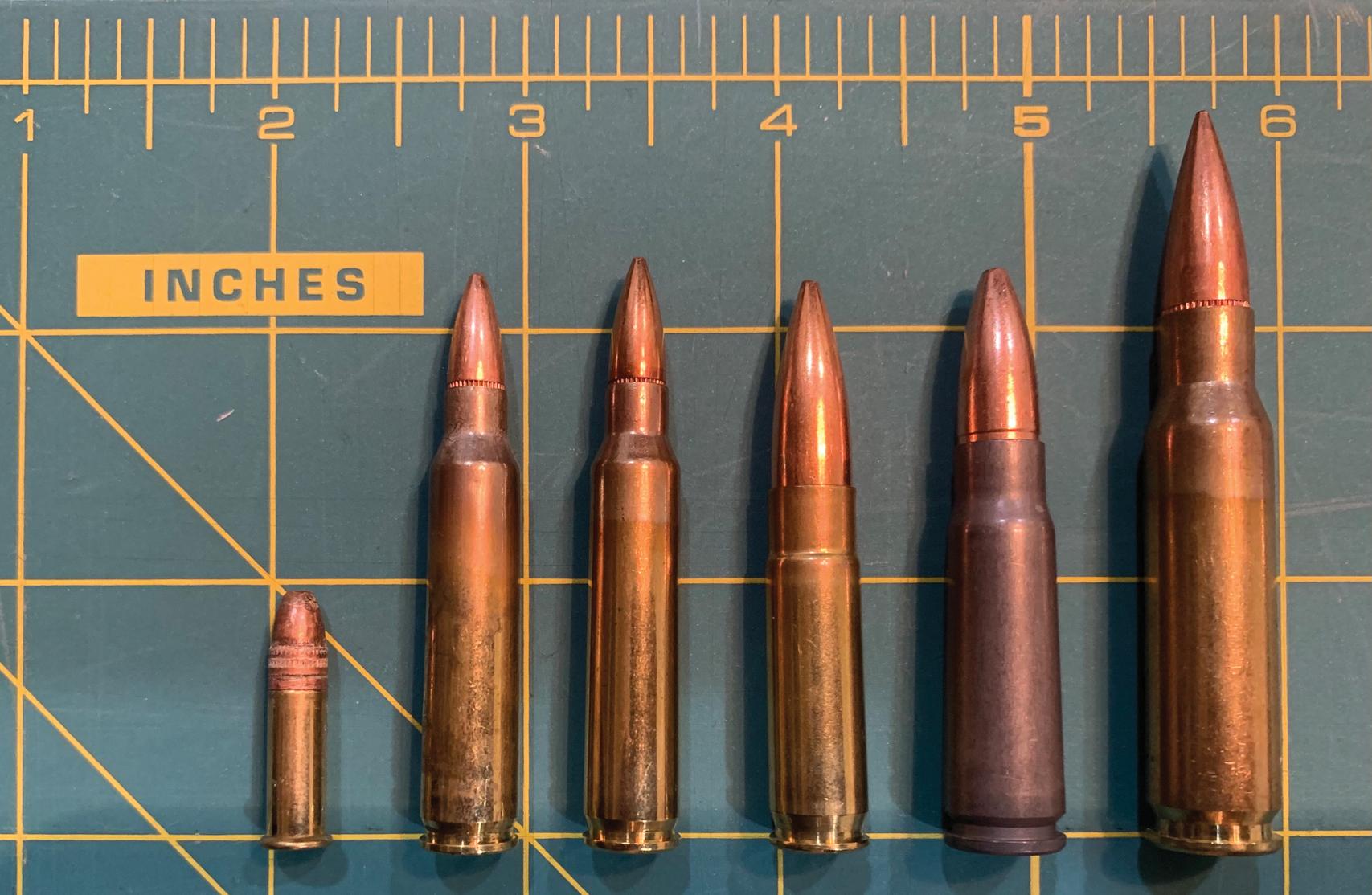
Because of the potential for extensive damage to an extremity struck by a rifle bullet, plain radiographs looking for fractures, operative wound exploration with débridement, and intraoperative angiograms are highly recommended. Even if the overlying skin is uninjured, the soft tissue hidden beneath may be irreversibly damaged. All devascularized tissue and pieces of clothing should be removed. Serial debridements at daily intervals may be necessary to identify all nonviable tissue. Abdominal gunshot wounds from hunting rifles are best managed by open abdomen techniques with second-look operations if several organs are simultaneously injured.
Become a Clinical Tree membership for Full access and enjoy Unlimited articles
If you are a member. Log in here